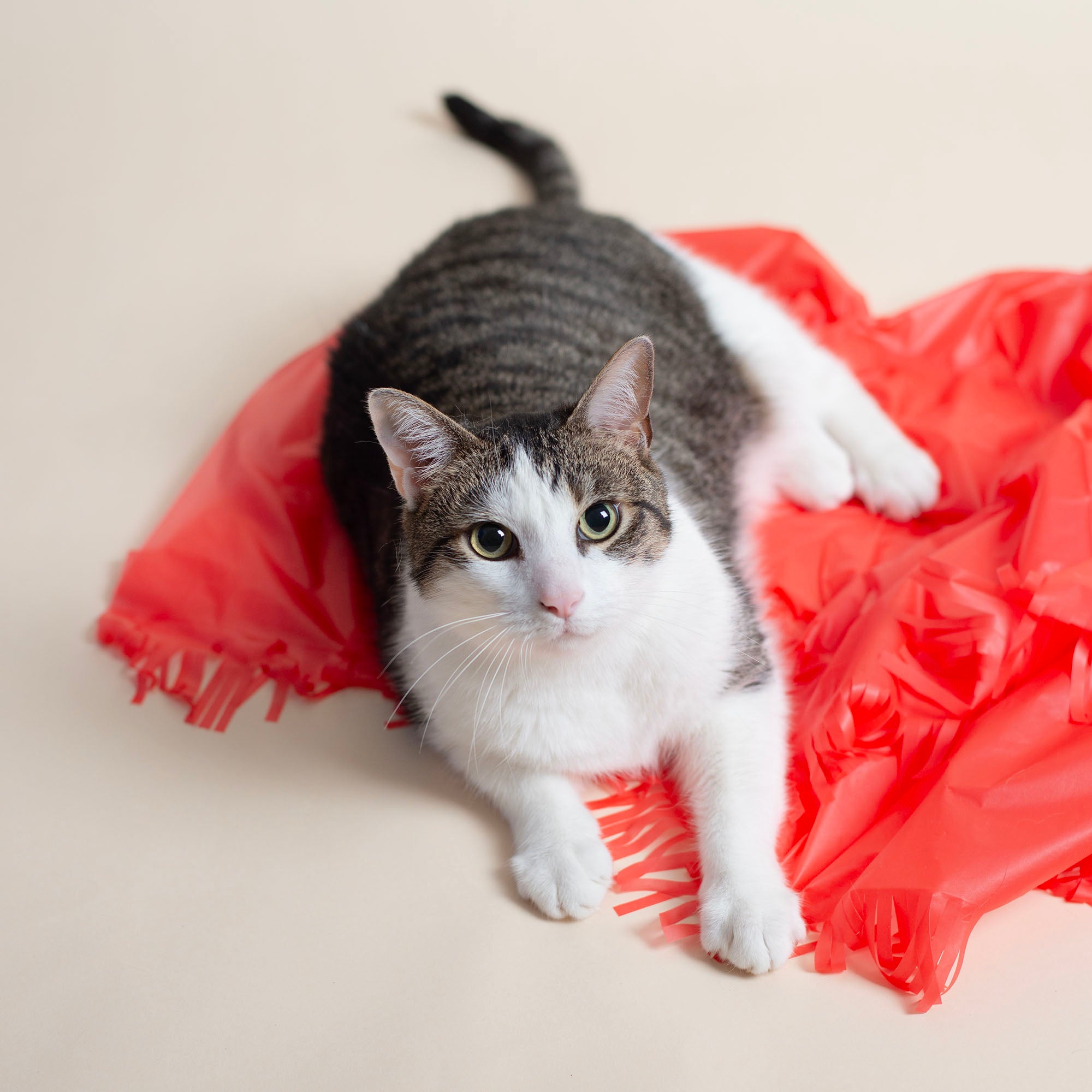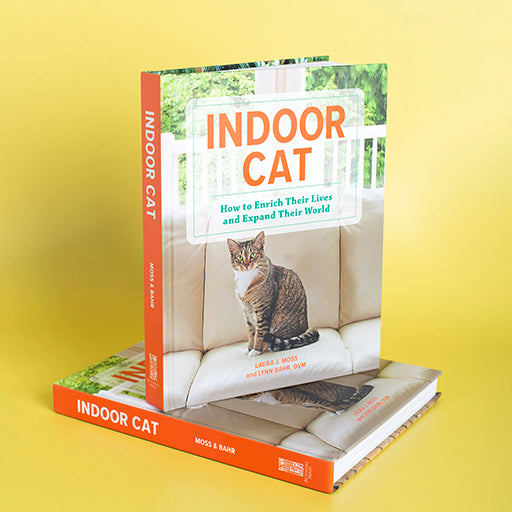Learning Through Pretend Play
Our last blog addressed the question of whether cats have imagination. The long and short of it is that they do, but did you know cats are also learning and exercising their imaginations while they’re playing? It’s true. Through all kinds of imaginative play, cats and kittens can learn things like socialization, hunting, appropriate behavior, hygiene and more.
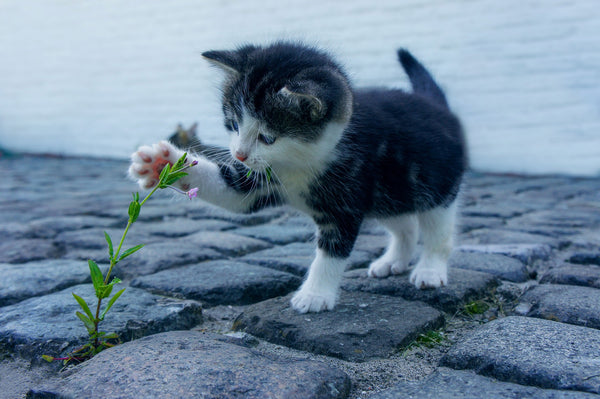
Between one and two weeks of age, kittens will first open their eyes and begin exploring their world, albeit a bit clumsily. Even at this earliest stage, they’re learning through imagination. Without the ability to see or walk very well, imaginative play is nonexistent but they are using their imaginations to learn how to be a cat. Because kittens learn primarily through mimicry, they are simply imagining themselves as a fully grown feline. In fact, their only clue as to what they are and how to behave is expressed by their mother cat. She teaches them everything they knew for the first few weeks of life. We know this is how cats determine their identity because kittens who are taken from mom too early will sometimes mimic other caregivers such as dogs, humans, and even horses.

Kittens rely on momma for nearly everything at this stage, so they have to observe what little they can and stay close to the nest. But they are already excellent at coming up with ways to get what they want, learning early on that mewing for mom will draw her close for both warm and feeding. When mom cleans her kittens, they learn how to give themselves tongue baths. Her gentle purring is a sign of affection and comfort that cats will carry into their adult lives.
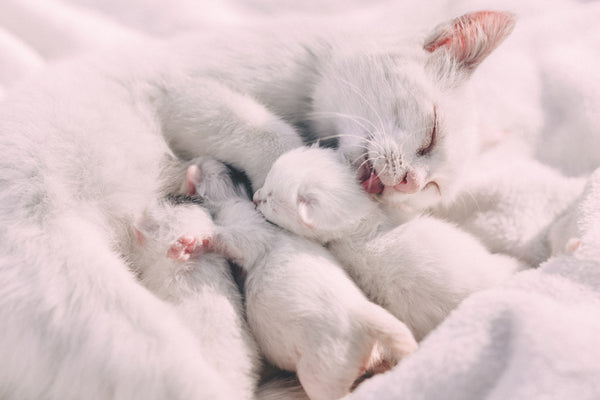
As they grow, kittens will have to use their imaginations when playing with their littermates. Kittens begin to wrestle and chase each other almost as soon as they learn how to walk. This is an important stage of development because this is where they learn how to behave and how to interact with other cats. A kitten who plays too rough will earn a hiss or swat from mom. A kitten who is disinterested in play will be encouraged by his littermates. These are all ways kittens use imaginative play to learn how to be a cat.

Once grown, a cat will mimic some behaviors he learned as a kitten. If you’re lucky enough to be a cat parent to a bonded pair, you’ll probably see even more of these behaviors, such as cuddling while sleeping, mutual grooming, and playful wrestling.

You can encourage these behaviors in your cats by encouraging them to play with the same toy at the same time, such as their favorite wand attachment. Don’t worry if your cats don’t bond, though. Cats can be pretty solitary by nature, and it’s normal for some cats to get along better with some cats than others. If your cat is a “trouble maker” who likes to wrestle with your other cats, odds are he’s just a highly imaginative cat and really wants to play. As long none of your cats’ body language is aggressive or anxious, your cats are simply using their imaginations to get some fun and exercise.
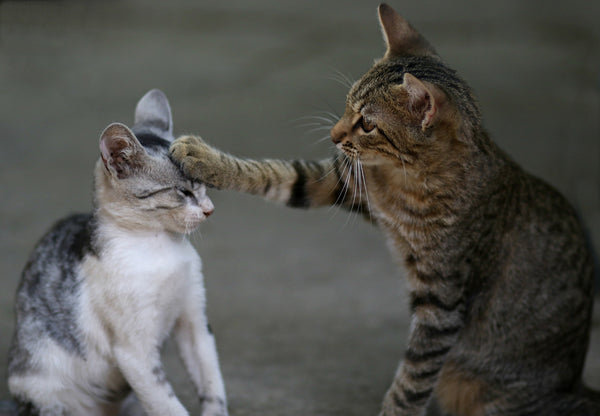
An adult cat doesn’t lose his imagination, though, even if he’s a single guy. Cats who don’t seem readily interested in play can often be coaxed into it with a bit of silver vine and a fun toy. In fact, a cat who does nothing but sleep and eat is probably bored. Try introducing a new wand toy or play tunnel and set aside some time to help him imagine he’s chasing some prey. Check out this blog post for tips on creating a playground for your cat.

As cats settle into maturity—10 years and up—they will typically become less active, but that doesn’t mean they don’t need their imaginations stimulated. A cat who isn’t spry enough to chase or jump anymore might love a soft toy and silver vine like our Little Puff, or he may like hunting for treats under a Magic Carpet. Even non-play interactions like scent engagement can help an elderly cat stay alert. Bring in some outdoor scents for him to explore like leaves, grass, and sticks or throw open the windows on a sunny day.
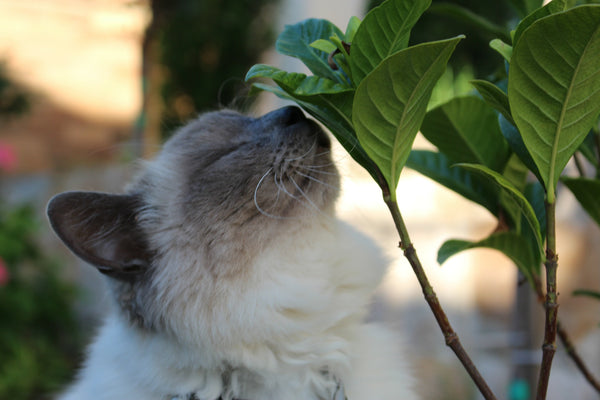
No matter the age of your cat, get creative and think of ways to help him use his imagination. And, as always, let us know what you think.




